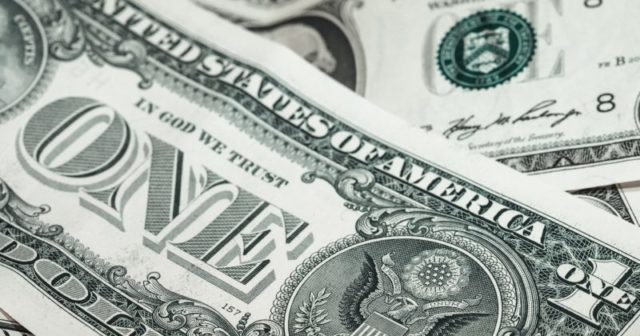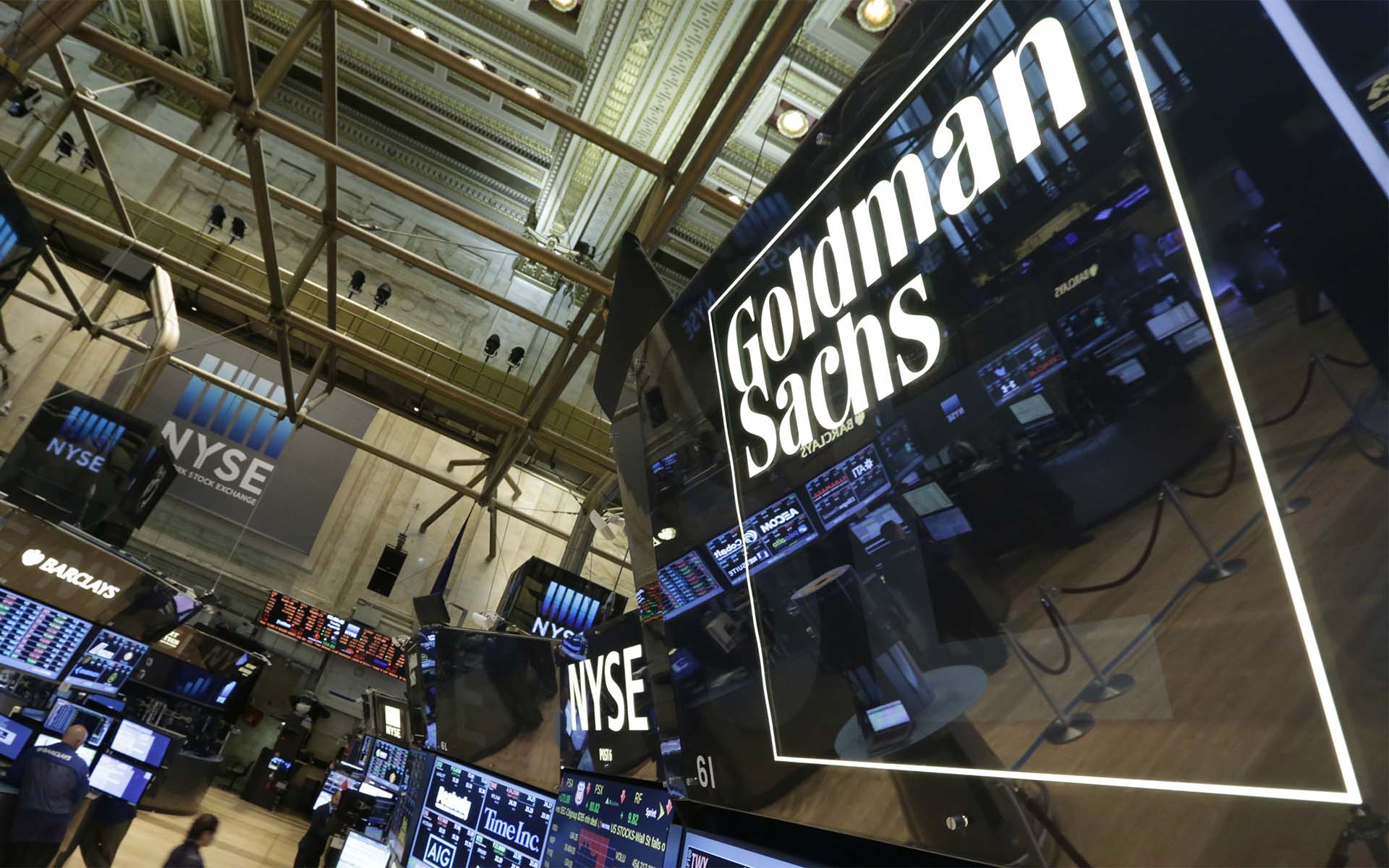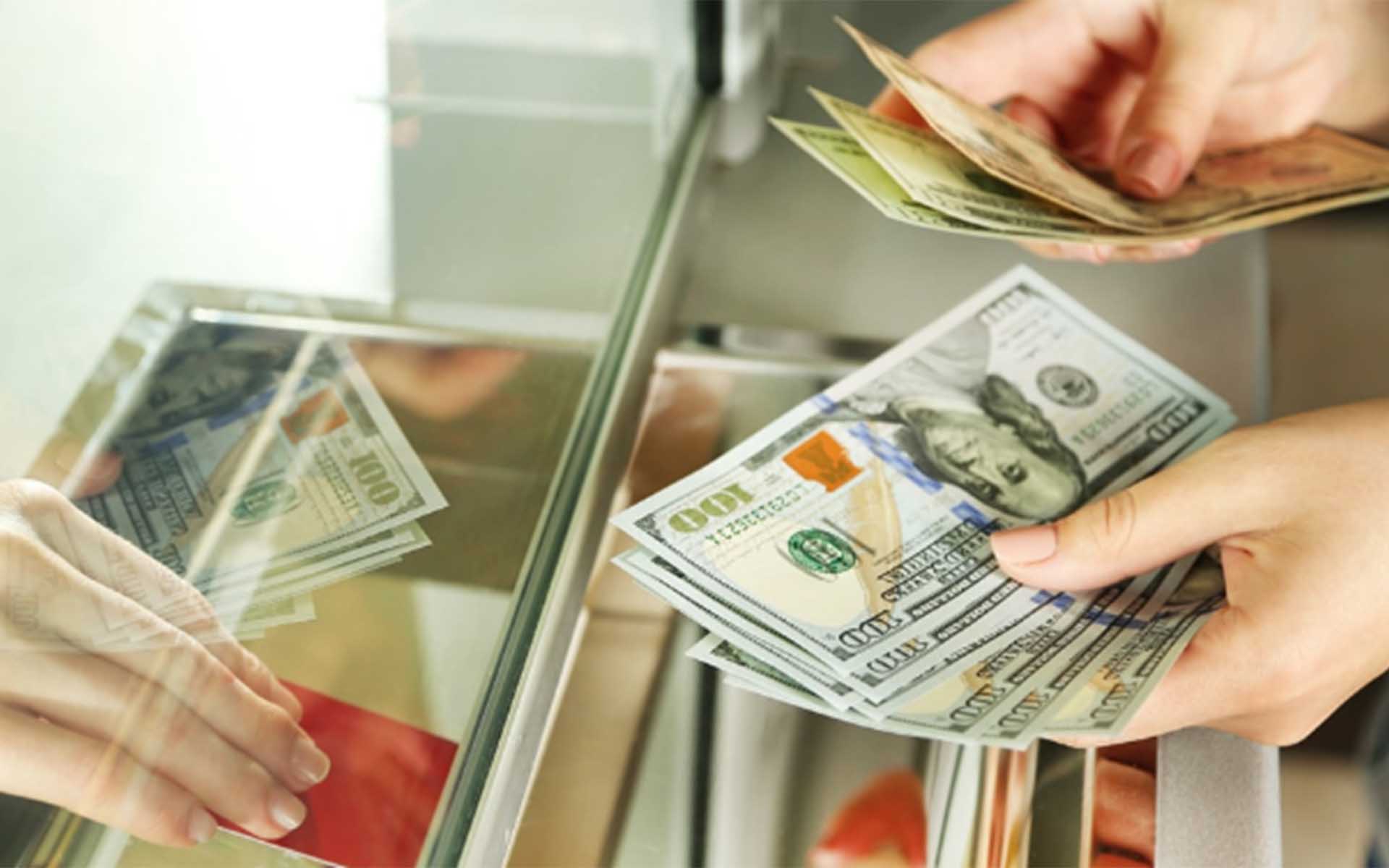Binance is set to open trading for select TrueUSD (TUSD) trading pairs on Friday, May 18th, at 4:00 am (UTC). The USD-pegged stablecoin will only be tradable against Bitcoin (BTC), Ethereum (ETH), and the exchange’s own Binance Coin (BNB).
Like Tether, Only Regulatory Compliant
TUSD is a stablecoin designed to match the US dollar at a one-to-one ratio, meaning one TUSD roughly equates to one USD, in terms of valuation.
Unlike Tether (USDT), a sometimes controversial USD-pegged stablecoin, TrueUSD is reportedly much more regulatory compliant. Explains Binance:
In the TrueUSD system, U.S Dollars are held in the bank accounts of multiple trust companies that have signed escrow agreements, rather than in a bank account controlled by a single company. The contents of said bank accounts are published every day and are subject to monthly audits.

As such, obtaining TrueUSD through methods other than trading on Binance isn’t quite as easy as one might think. Notes Binance:
If someone wants to obtain TrueUSD through the online application, they will need to pass a KYC/AML check. Once that’s complete, they can send USD to one of TrueUSD’s trust company partners. Once the funds are verified by the trust company, their API will instruct the TrueUSD smart contract to issue tokens on a 1 to 1 ratio and to send them to the Ethereum address associated with the account at hand.
However, once TrueUSD is in your wallet — say, by trading for it with BTC — users are able to transfer it to other users, use it as payment, tether their cryptocurrency holdings to it in times of volatility, etc. If you’ve verified a wallet with one of TrueUSD’s trust company partners, TrueUSD holders may even redeem the digital currency for actual US dollars. Explains Binance:
The user can also redeem real US Dollars by sending the TUSD tokens back to the smart contract address, which will notify the trust company, and initiate a bank transfer to the user’s account.
At the time of this writing, TrueUSD is trading at $1.30 per token — likely due to today’s announcement. Nevertheless, the 30 percent increase in value against the real US dollar means that TrueUSD has temporarily failed to do the one thing it has set out to do.
Goldman’s Also in the Game
Binance’s announcement follows a similar one from the Goldman Sach-backed fintech startup Circle, which has detailed its plans to launch its own cryptocurrency pegged to the U.S. dollar, following an incredibly lucrative investment round dominated by cryptocurrency mining monopoly Bitmain.

However, Circle’s USD-pegged stablecoin is aimed more towards institutional investors than everyday traders, as the company’s customers must hold $1 for every USD-pegged coin. Explained Circle CEO Jeremy Allaire:
When I look at the convergence of traditional finance and the crypto space, it’s begging for that. There are a number of banks who are excited about it and will support it.,
What do you think about USD-pegged stablecoins? Do you think Tether’s days as the king of such coins are numbered? Be sure to let us know in the comments below!
Images courtesy of Bitcoinist archives, AP, and Shutterstock.









